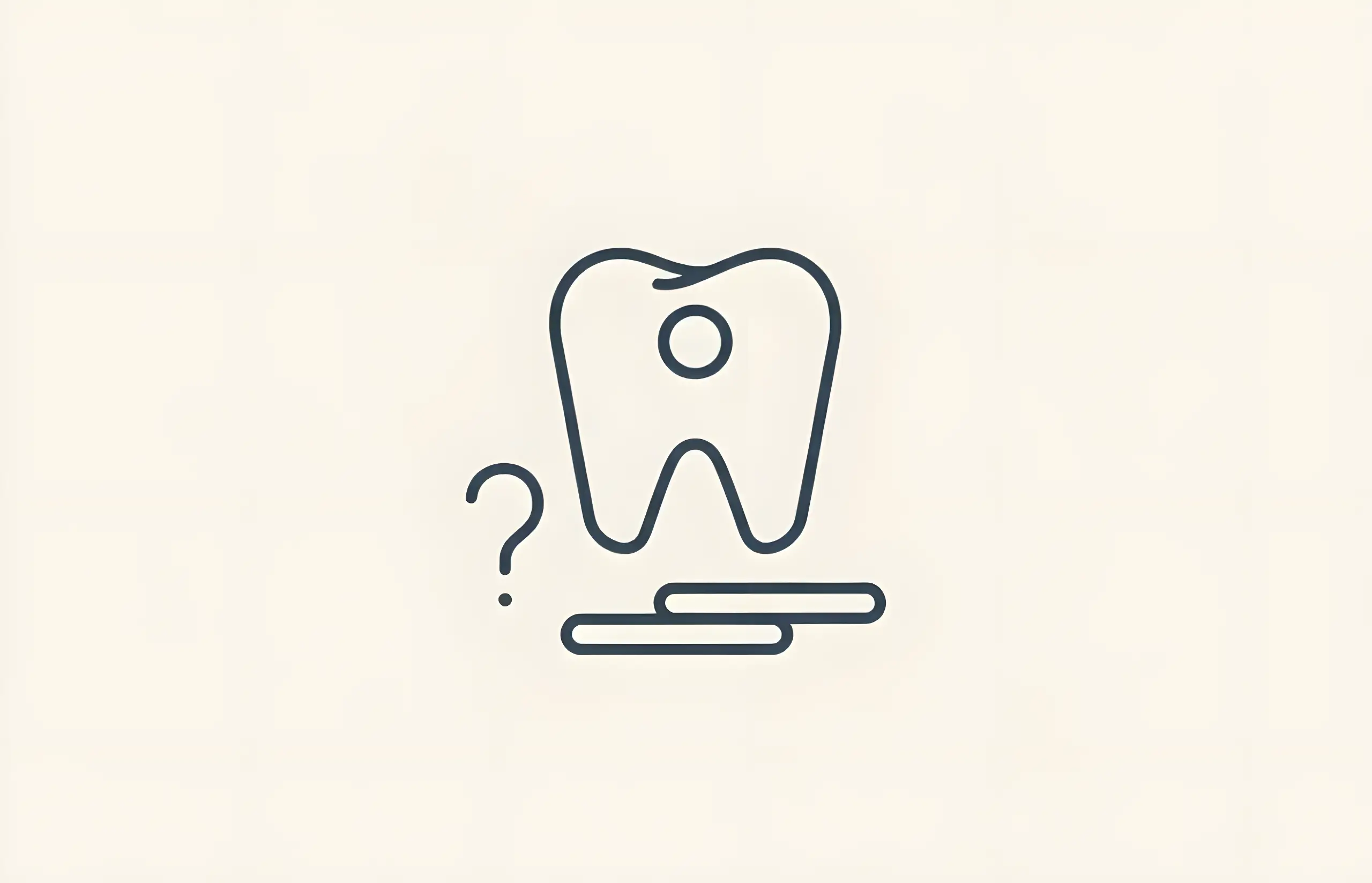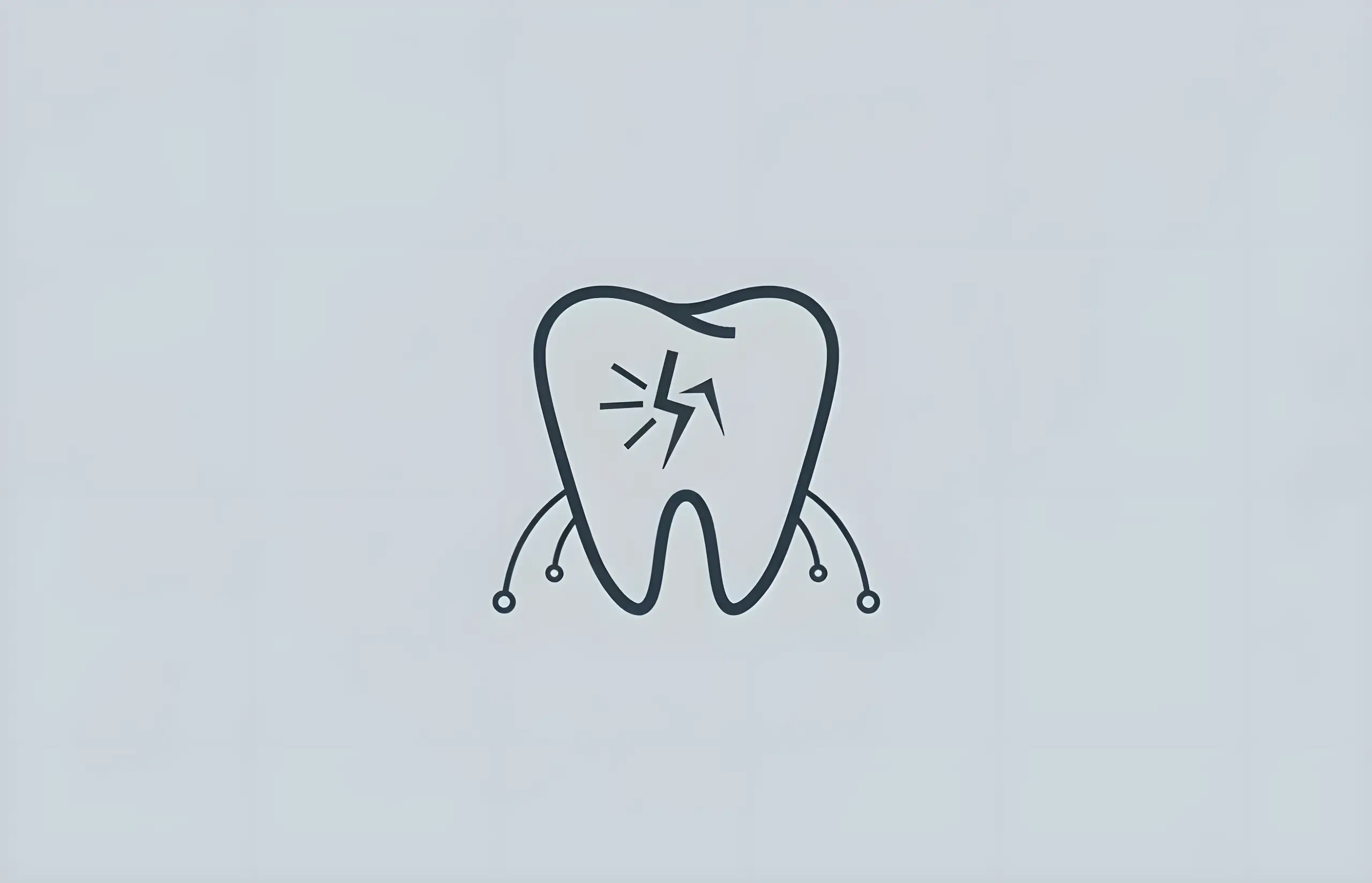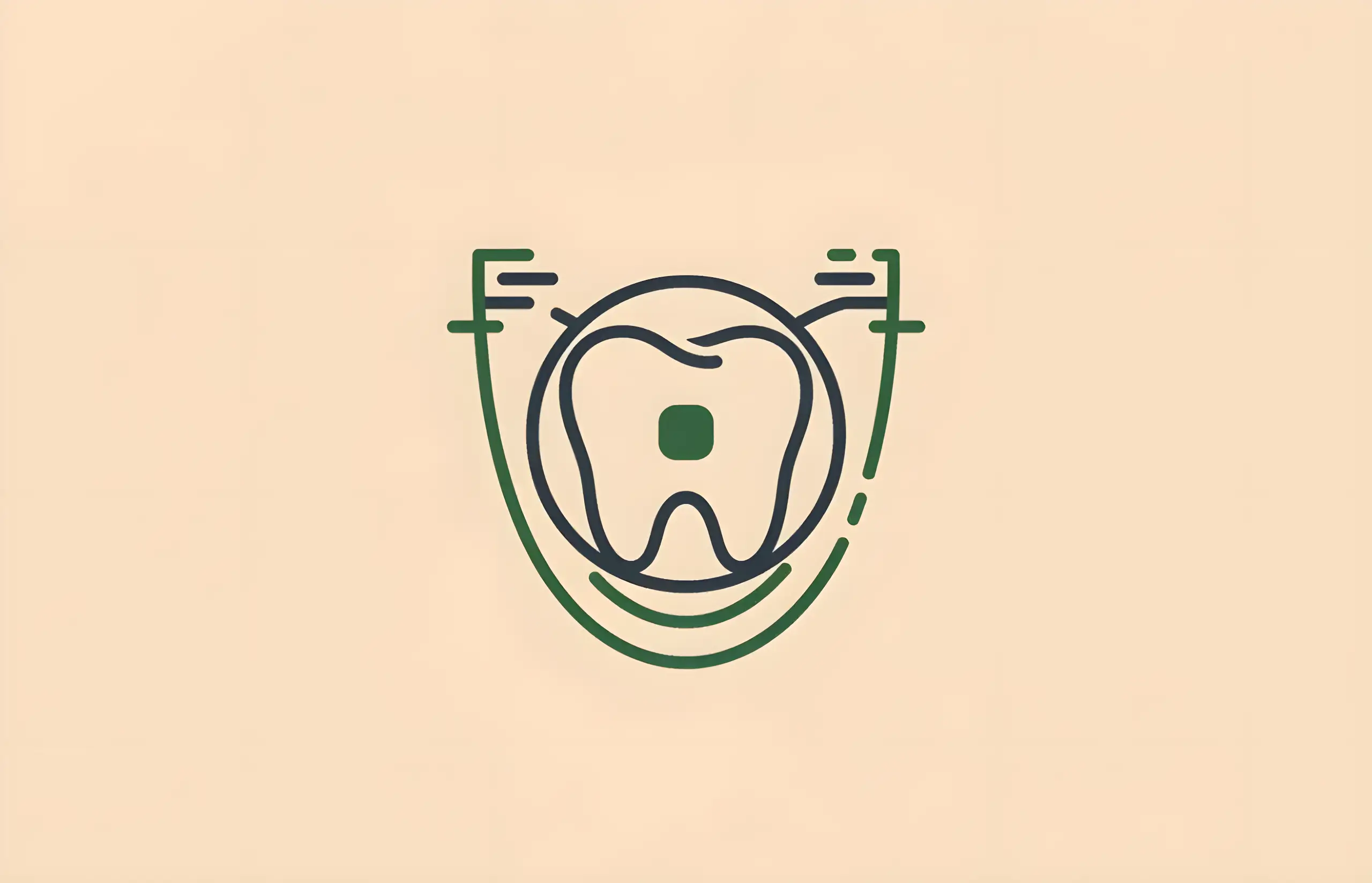Cavity fillings are an essential process that we must go through if our teeth build up decay. There are different advantages to certain types of fillings, but today we will provide insights on amalgam fillings. Many people are hesitant to get an amalgam filling because the material used contains mercury, so we'll educate you on what you need to know about the safety of these fillings.
What are Amalgam Fillings?
Amalgam fillings, also known as silver fillings, are a mixture of mercury and metal used to fill cavities caused by tooth decay. Because more dentists are using tooth-coloured composite fillings to treat cavities, amalgam is not as commonly used anymore. But amalgam can be used effectively in more situations, such as patients who experience pressure or wear and tear from chewing.
Amalgam fillings are also referred to as mercury fillings because this metal is in the alloy mixture. Mercury plays a pivotal role in these fillings by making the material much more flexible. The alloy powder alone is not soft enough to blend and spread on the tooth, so it needs mercury to get it into the ideal form. Mercury also hardens much faster, which makes it protective against chewing damage.
Is an Amalgam Filling Safe?
Mercury can cause harm to the body if a high amount is ingested. When the filling gets put on the tooth, there are not high enough levels of vapour mercury to be inhaled and released into the body. According to the FDA, an amalgam filling does not have enough mercury to create toxic symptoms and effects. The amount is usually less than what we are exposed to in our daily environment.
Pros and Cons of Amalgam Fillings
Amalgam fillings are certainly a tried and true process; in fact, they have been utilized for over 100 years. The materials that go into an amalgam filling typically mean a more cost-effective treatment compared to composites, gold, and porcelain fillings.
Amalgam fillings are usually a long-term solution and last for about 10-15 years, so you don't need to worry about lots of trips to the dentist. This benefit can cause less stress and fear for the patient as he or she lives with the filling.
On the other hand, amalgam fillings do not look as natural as some other filling alternatives, like resin composites. These metal amalgam fillings are usually noticeable if the cavity was in a visible area. Furthermore, some people are allergic to the various metals used in amalgam fillings.
Alternatives to Amalgam Fillings
Amalgam fillings are not the only way to go. Depending on your situation, amount of pain, and desired goals of the filling, you could choose to get another filling, such as:
- Porcelain fillings – also referred to as onlays or inlays, these filings are created in a lab and then attached to the impacted tooth.
- Composite fillings – although composite fillings are not the most durable material, they are popular for visible cavities because they are tooth-coloured.
- Gold fillings – usually the most expensive filling on the list, gold fillings are made in a lab, built for the long term, and are best tolerated by tissues in the gum.
Sources and References
-
[1]
The Dental Amalgam Toxicity Fear: A Myth or ActualityToxicology Internationalhttps://pmc.ncbi.nlm.nih.gov/articles/PMC3388771/
-
[2]
Rethinking the Dental Amalgam Dilemma: An Integrated Toxicological ApproachInternational Journal of Environmental Research and Public Healthhttps://pmc.ncbi.nlm.nih.gov/articles/PMC6466133/
-
[3]
Mercury in dental amalgam: a risk analysisNeurotoxicologyhttps://pubmed.ncbi.nlm.nih.gov/35623360/
-
[4]
FDA Update/Review of Potential Adverse Health Risks Associated with Exposure to Mercury in Dental AmalgamU.S. Food and Drug Administrationhttps://www.fda.gov/medical-devices/dental-amalgam-fillings/white-paper-fda-updatereview-potential-adverse-health-risks-associated-exposure-mercury-dental
-
[5]
New science challenges old notion that mercury dental amalgam is safeBioMed Research Internationalhttps://pmc.ncbi.nlm.nih.gov/articles/PMC3905169/
All sources accessed and verified on . Medical information reviewed for accuracy and compliance with current guidelines.
Related Articles

What is a Composite Filling?
Understanding tooth-coloured resin composite fillings including advantages, procedure, costs, and longevity compared to traditional amalgam fillings

How Much Does a Filling Cost?
Comprehensive guide to dental filling costs in the UK including NHS vs private pricing, filling materials (amalgam, composite, ceramic, gold, glass ionomer), longevity, procedure details, and when to see a dentist

How Long After A Filling Can I Eat?
Post-Filling Guidelines (Amalgam 24h Setting, Composite Immediate, 11.87% vs 17.38% Survival)

Tooth Pain & Sensitivity After a Filling
Learn about tooth pain and sensitivity after dental fillings including common symptoms, causes like pulpitis and uneven bite, treatment options, and how to manage discomfort

How Long Does a Temporary Filling Last?
Comprehensive guide to temporary dental fillings including purpose, lifespan from weeks to months, tooth filling procedure, care instructions, and when replacement is needed
About The Dental Guide
The Dental Guide is a trusted online resource providing evidence-based information about dental health, treatments, and procedures. Our content is created and reviewed by qualified dental professionals to help you make informed decisions about your oral health.
Our Mission
- Evidence-based dental information
- Expert-reviewed content
- Clear, accessible explanations
- Latest treatment options
- Patient-focused guidance
Editorial Standards
- GDC-registered dental professionals
- Peer-reviewed sources
- Regular content updates
- Medical accuracy verification
- Transparent authorship
Important Notice
The information on The Dental Guide is for educational purposes only and should not replace professional dental advice. Always consult with a qualified dentist for diagnosis and treatment recommendations tailored to your individual needs and circumstances.
Medically Reviewed
Reviewed by Dr. Nasim Mechoui , BDS (Bristol)
Share this article
Comments & Discussion
Have questions about dental implants? Share your thoughts or experiences.
